How expensive is competitive dance
Competition Dance Costs
Competition dance … why does this always bring up images of Abby Lee Miller?
The last time I wrote about financing competitive dance, Piper had just finished her first season. (Read that post first if you are brand new to this!) I meant to write again last year, but money is such a sensitive topic. Every time I put amounts down in black/white – I cringe. Perhaps it’s better that I waited, because a lot has happened between Year 2 and Year 3.
The biggest change for us was a change in studios. Many things led to our decision, but it was the right move for us on a lot of levels. And, now, one year later €“ oh my stars, we made the right move!
So, money €¦ where are we now, what’s the same and what’s changed. First of all, I still track every penny. With that said, I can accurately account for how things have changed from year to year.
Our grand totals each year:
Year 1: $8,356.27 – 2 dances
Year 2: $13,565.75 – 5 dances
Year 3: $10,641. 91 – 8 dances
For ease of comparison, I’ll call the studio we were at for years 1and 2, Studio A. Our studio for year 3 will be Studio B.
TUITION: This is a little different at our Studio B. Tuition covers your weekly technique classes. At Studio A, it covered your weekly technique classes and your mandatory competition dance choreography and cleanings. (So, basically, in year 1- we got classes, plus two dance choreography/cleanings in our $260/month. In year 2 – we got classes, plus three dance choreography/cleanings in our $260month.)
At Studio B, our monthly tuition was $275/month. (That is raising to $300/month this coming year.) Piper took 11 classes each week and our tuition only covered those technique classes.
However, we are also offered the option of paying for the entire year in advance. We get a small discount when we take advantage of the offer. For our family, it’s a huge outpour of funds all at once, but it’s $300/month that we know is already paid. That comes in really handy when Christmas comes around, or an unexpected financial emergency arises.
That comes in really handy when Christmas comes around, or an unexpected financial emergency arises.
Total for tuition (Year 2) = $2,717.50
Total for tuition (Year 3) = $2,500
CHOREOGRAPHY/CLEANING: The last time I wrote about this topic, we were only doing our mandatory dances. At Studio A, you paid a choreography fee for any €œextra € dance – solo, group, duo/trio, etc. For example, we paid $350 for solo choreography, $134 for trio choreography, and $110 for a tap small group with 5 girls.
At Studio B, we pay a choreography fee for every dance. It’s nice for a few reasons. We are given the cost of each dance – a solo is $450, a duet is $550, small groups are $800, large groups are $1,000. The cost is split between the dancers in each group. For example, Piper could be cast in a group with 4 girls and our cost would be $200 for that number. But she could also be cast in a small group with 9 girls and it would be $88.89.
Given those costs and the odds of what a €œworst case scenario € could be, we are able to tell the director how many solos, duo/trios, groups we (1) think our daughter can handle and (2) our wallet can handle.
At Studio A, for the dances that required a choreography fee, it was truly just that – choreography only. From there, you paid a €œcleaning fee € every time that dance was cleaned ($35/half hour, $70/hour). This meant that I was constantly running into the studio waving cash €¦ and needed to have odd increments of bills available at all times. It was C-R-A-Z-Y. Especially for someone (me) who HATES carrying cash.
At Studio B, the cleaning fees for all group dances are included in the choreography cost. Thank you, Jesus! (I mean that literally.) It also means that although things are expensive on the front end, once it’s paid – it’s paid.
Total for choreography/cleaning (Year 2) = $280 (one dance)
Total for choreography/cleaning (Year 3) = $680 (six dances)
SOLO/DUETS/TRIOS: This is another area that we hadn’t explored last time. In Year 2, we started with a solo and during spring break added a trio, so those costs might be a bit skewed. For Year 3, we did a solo and trio again.
For Year 3, we did a solo and trio again.
Both Studio A and B do this the same way. You pay a choreography fee and then you pay for each cleaning separately. I think that’s industry standard.
These are the take aways that I have about a solo: A solo is worth every penny. The growth that comes from one-on-one time with your teacher is golden.
There are many kids that do multiple solos. For us, financially, we would rather Piper be in more group dances than add another solo. When she’s older and if she still thinks that this is what she wants to REALLY do as a career, we’ll add another solo. But, for now, our choice is one solo and more groups.
Total for solo/cleanings (Year 2) = $1,155
Total for trio/cleanings (Year 2) = $333 (1/2 season)
Total for solo/cleanings (Year 3) = $1,380
Total for trio/cleanings (Year 3) = $478
COSTUMES: I now consider myself a costume expert. We’ve done catalog and custom-made, and semi-homemade (catalog, then alter it to look like something else!). I’ve also learned that a lot of what happens with a costume depends on your studio and what they consider standard.
I’ve also learned that a lot of what happens with a costume depends on your studio and what they consider standard.
At Studio A, more was better. And more, and more. I love me some bling, but it was a lot! And many times the additions to the costume cost more than the basic costume.
At Studio B, we have some gorgeous costumes, too. But, there was a bit more of a €œLet’s try it like this €¦ if we see it needs more, then we’ll add more. But, let’s not just do it because we can. € And, guess what? Many times, costumes were gorgeous €œas is €. It made a difference in the bottom line.
My advice – learn to stone. Order stones wholesale. Both of these things will save you LOADS of money. And, some of the best Dance Mom moments I’ve had have come over a costume and a gross of crystals!
Total for costumes (Year 2) = $835.73 – 6 costumes
Total for costumes (Year 3) = $674.44 – 8 costumes
COMPETITION FEES: Last time, I wrote about how surprised I was when the time came to pay fees for competitions.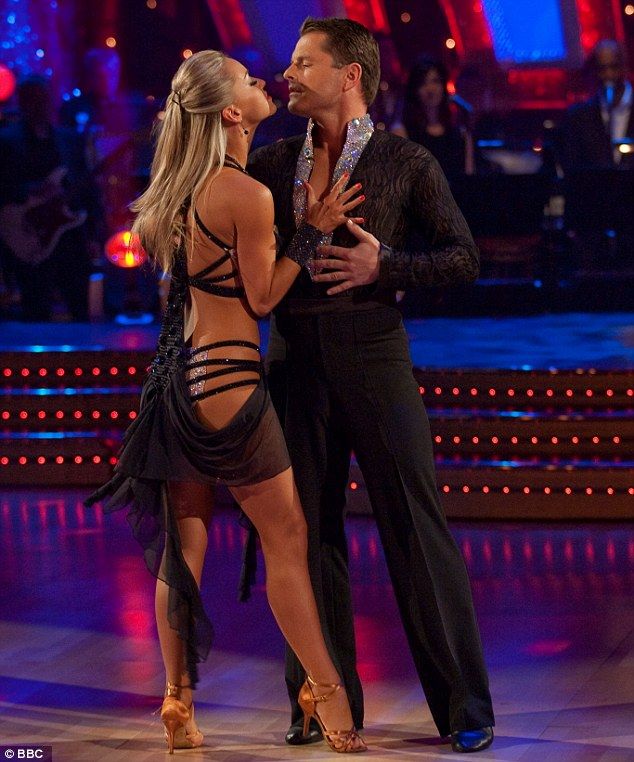 It was significantly more than I ever imagined. Well, that was with two dances €¦ so imagine how numb I am now!
It was significantly more than I ever imagined. Well, that was with two dances €¦ so imagine how numb I am now!
To be honest, groups aren’t much (in the grand scheme). They run $35-45 on average. Duo/trios will run approximately $60. Solos are about $100.
The upside is that there is prize money. Whoo hooo! This is slightly different for each competition and sometimes depends on the number of entries in a category. It’s also an opportunity for studios to handle this in different ways.
Studio A – solo – the money is applied to your account; duo/trio/groups – the money is split and applied to your account.
Studio B – solo – the money is applied to your account; duo/trio – the money is split and applied to your account; groups – the money goes to the studio.
Total for competitions (Year 2) = $1,262.82 (5 dances)
Total for competitions (Year 3) = $1,601.68 (8 dances)
CONVENTIONS: When I write you this time next year, I will be an expert in this field.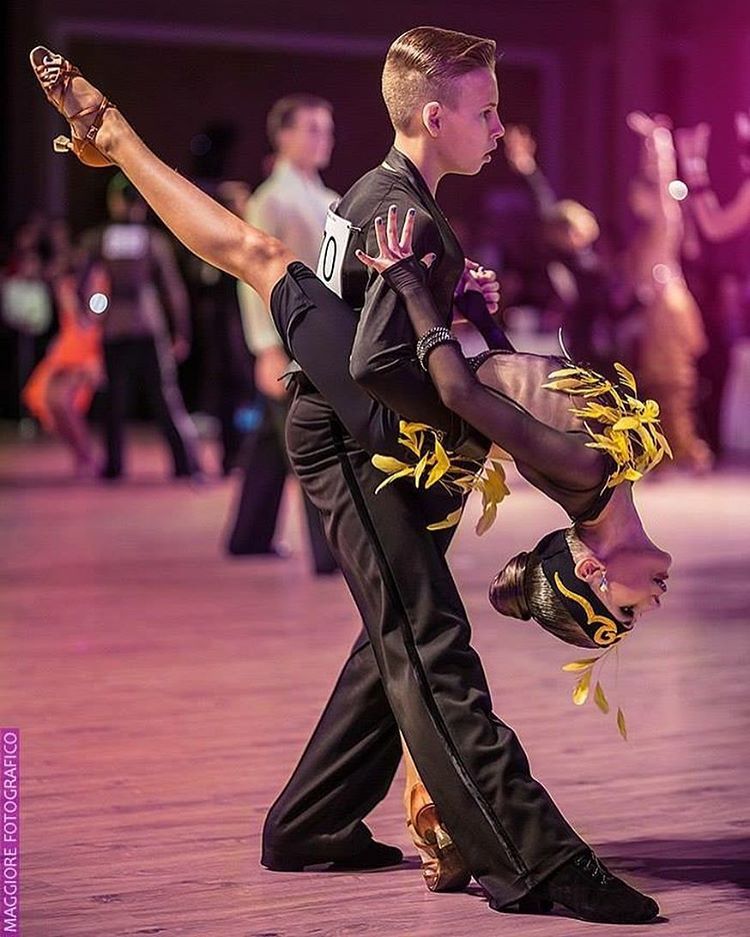 Our studio is doing all conventions next year with the exception of one competition. (Even doing a convention nationals!) We did one convention this year and Piper loved it. For me, I love that there are scholarship opportunities and (in our case, at least) the teachers in the sessions are amazing.
Our studio is doing all conventions next year with the exception of one competition. (Even doing a convention nationals!) We did one convention this year and Piper loved it. For me, I love that there are scholarship opportunities and (in our case, at least) the teachers in the sessions are amazing.
Of course, they are more expensive. For Piper’s age, we are looking at $225-260/per convention + competition fees. I’m thinking that it will add about $1,000 to our overall costs. We will have to weigh whether or not we stay in the convention hotel or drive back/forth from home for the local events. Staying in the hotel is another added cost, so we’ll play that one by ear.
ATTIRE: With a change in studio, brought a new change in attire (logo jacket/pants). My best advice for this is €œbuy with room to grow €. I got two seasons out of Piper’s attire for Studio A, and I will get 2 years and possibly more out of Studio B.
STUFF: I still love €œthe stuff € €¦ the DVDs, the photos, the shirts, the programs €¦ I’m a sucker. It’s probably worse because I’m such a memory keeper with scrapbooking and Project Life. But, I have learned when to pass it by and when to buy, but more often then not – I’ll buy.
It’s probably worse because I’m such a memory keeper with scrapbooking and Project Life. But, I have learned when to pass it by and when to buy, but more often then not – I’ll buy.
PACKING IT UP: I’m still in love with my Dream Duffel. You might recall from the last post that I had a small duffel. I’ve now graduated to a medium and could probably use a large! The Dream Duffel holds up so well and they’ve come out with so many accessories since my original posting specifically on them. I can’t recommend it enough.
If you are new, my advice would be to buy the basics – the duffel, their hangers (they are worth the money), and their garment bags. Then, after your first competition, order the additional accessories that you wish you had.
TRAVEL: This is always a biggie. Thankfully, we’ve gone to three nationals that are within driving distance for us. Next year, we will be flying. It’s still the single biggest expense of the year, but we’ve had such good experiences – I don’t regret it. If we did a nationals close to home, I’m not sure it would feel like nationals.
If we did a nationals close to home, I’m not sure it would feel like nationals.
We’ve done condos alone, we’ve shared a house with friends, we’ve cooked in and eaten out €¦ there are so many ways to try to make it cheaper, but in the end €“ you have to do what works for you. There are certainly pros and cons to every scenario. The bottom line is to plan early, budget, and make sure that you have all the information. (A huge key piece is €œWhat day is my first dance? € If you are trying to pinch pennies, you might not want to show up on Saturday if you don’t dance until Thursday.)
No matter where we go or how we slice it, nationals for us is a $3,000 trip every year. And, probably $5,000 next year with flights.
€” €” €”
So, here we are three years later, still paying over $10k per year for a little girl to dance. Is it worth it? There aren’t enough €œyes-es €.
Piper has grown so much €“ 1,000% since we joined Studio B. She is independent, confident, and has a work ethic that most adults don’t have. She has never once complained about going to class or missing out.
She has never once complained about going to class or missing out.
More than anything, we’ve seen a talent blossom in her. And as long as she wants to nurture that talent, then it’s my job to make sure that she can.
Will she dance forever, who knows? I hope so. Right now, she plans on it. But, because this investment goes beyond the dance studio, I’ve gotten my money’s worth if she quit tomorrow.
For our family, this amount doesn’t come easy. There’s a lot of sacrifice, and thankfully, my mom helps out each month. Don and I both work extra jobs €¦ and Don works A LOT of long hours. But, when I see how happy Piper is when she’s dancing and how her face lights up the second her foot steps on the stage €“ I’d do it a thousand times over. And, a thousand times again.
The cost of Dance... is it worth it? - Benefits, Self Esteem - Pre-Professional Dance Company | Integrity Dance Center
Read this excellent article written by a bonafide dance dad about the cost/benefit analysis of dance (reprinted below). The Cost of Dance. Cost/benefit Analysis White Paper (thin on numbers) by a Dance Dad Money Manager, Jeff L
The Cost of Dance. Cost/benefit Analysis White Paper (thin on numbers) by a Dance Dad Money Manager, Jeff L
Investment in dance is building a child who is confident, strong, physically fit, and has a work ethic that would seem impossible for a seven year old to have. Dance is helping to mold her into a child who sticks up for her friends, speaks confidently to grown-ups, and is strong enough to not always follow the crowd if she knows something is wrong.
By Jeff L.
When Dance Dad Gourmet asked me to contribute to his blog in the expert’s corner, I realized that there is really only one subject in which I could realistically consider myself an expert…money management. You see, I am a Financial Advisor at a large firm. I help my clients to make good decisions about their money. I specialize in investment management, retirement planning, and provider-level retirement plan consulting.
In short, clients come to me with a problem and I help them solve it.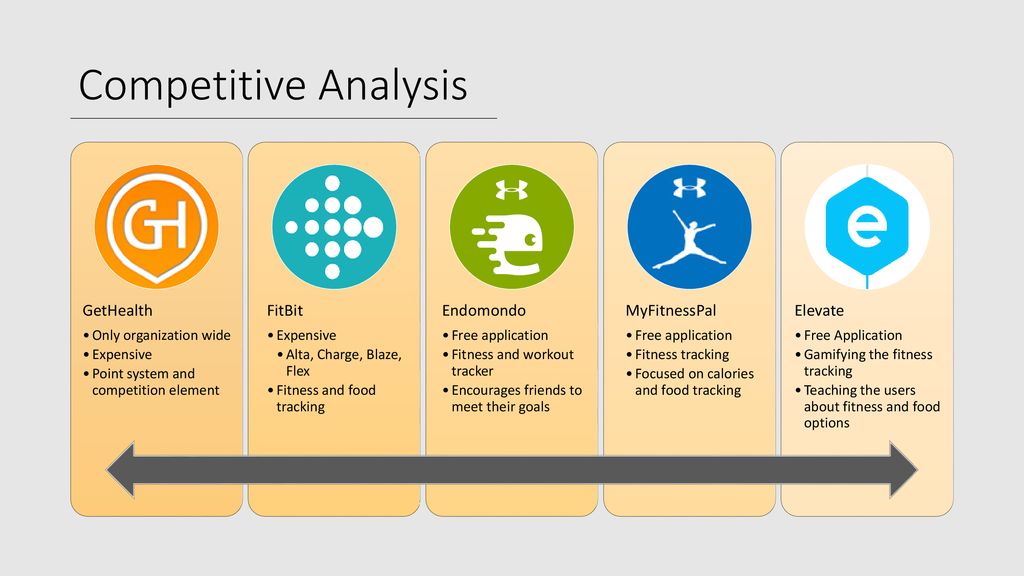 Typically, the problem (in some way) centers on turning a smaller amount of money into a larger amount of money over some period of time while accepting some level of risk.
Typically, the problem (in some way) centers on turning a smaller amount of money into a larger amount of money over some period of time while accepting some level of risk.
Therefore, I would like to address the issue of the cost of dance and it’s ROI (return on investment). Don’t tune me out; I’m not going to bore you with analytics.
The truth of the matter is that the cost of dance, especially competitive dance, is quite high. Class fees, private lessons, costumes, competition entry fees, travel costs to competition, time off of work, THE DAMN STONES (!!!) etc. All of these costs add up. The further one advances as a dancer, the higher these costs become. Since it is very unlikely that any of these costs will ever be recouped financially, this becomes a cost/benefit analysis of the explicit and opportunity costs of dance.
I’ll take you through the process that I used…
When a new client comes to see me, we try to quantify the goal. It is never as simple as it would seem. Clients never seem to have a clearly defined goal. The same is true of the decision about whether to get (and keep) our daughter involved in dance, or not.
Clients never seem to have a clearly defined goal. The same is true of the decision about whether to get (and keep) our daughter involved in dance, or not.
What do we want for our children? What is the goal? If we can’t quantify it, can we at least clearly identify it? I will try, and please realize that I speak only for myself and my wife (a wonderful and devoted dance mom).
We want our children to be involved with something they love to their core. We want them to live it and breathe it if that is what they wish to do. We want them to be their very best selves while they are doing it, and we want them to do this activity surrounded by people who will support them and push them to be more than they ever imagined they could be.
We want them to build discipline, skills, memories, and friends that they will take with them for their whole lives. We want them to learn to be leaders, and we want them to learn to be led.
We want them to learn how to win. And lose… gracefully.
We want them to learn to lift up their teammates, and to lean on them when they, themselves, are not strong.
We want them to do all this in a place that is safe, nurturing, loving, caring, and fun.
Above all, they need to have fun. Even when it is hard.
Wow… not asking for too much, right?
High expectations, I know. Therefore, this activity that we want our children to be involved in is going to require pretty special teachers. These people are going to need to have infinite patience, but they can’t be pushovers. They need to be the best at their craft, but they need to know how to communicate their knowledge to young children in a way that builds the child up… not in a way that makes them scared to fail.
It will require the teacher to love our children.
That is quite a job description.
We were fortunate to have found a place that can provide all of these things for our daughter at her dance studio. She has been dancing since she was three and is now seven.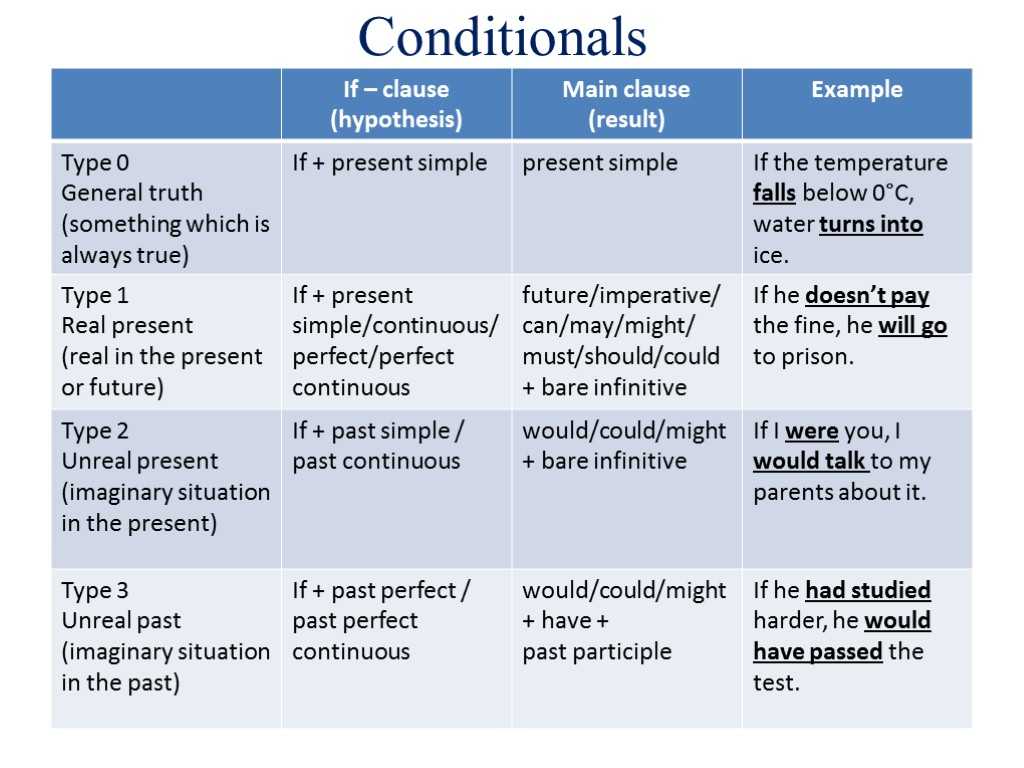 This is her second season of competitive dance and her first as a member of the minis on the top competition team.
This is her second season of competitive dance and her first as a member of the minis on the top competition team.
I have seen her blossom in the last 12 months from a shy, wonderfully sweet five-year-old who would barely speak above a whisper to those whom she was not familiar with, into a silly, sweet, wonderfully funny seven-year-old who constantly sings opera (she’s doing it right now), and solo dances freestyle in the middle of Noodles & Company to music that only she can hear. Seriously… that just happened at dinner the other night.
She loves her dance family, and we love them, too. We trust completely those entrusted to care for, teach, and lead our daughter. We have met a group of parents that are as devoted to encouraging their children’s dreams as we are, and they are wonderful to be around. They lift us up.
Longwinded, I know. It had to be, because the goal could not be easily quantified into a dollars and cents value. Rather, we need to think of the true cost of dance in terms of opportunity cost.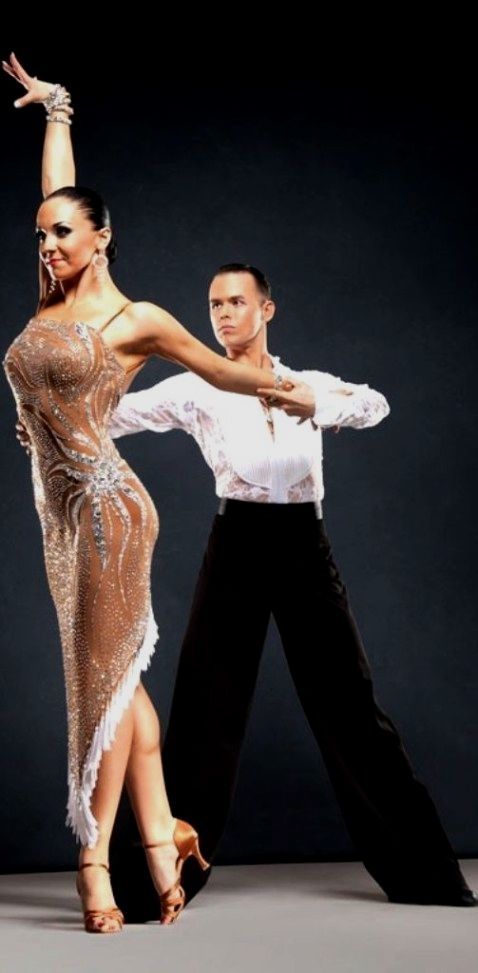 If you are not familiar with the concept, opportunity cost is defined as what you would be giving up by making or not making a given decision.
If you are not familiar with the concept, opportunity cost is defined as what you would be giving up by making or not making a given decision.
In this cost benefit analysis, I need to weigh the explicit cost in dollars and cents versus all of the growth and potential (as a person, not as a dancer) that I see in my daughter (the opportunity cost). This is not a calculation that can be done on a spreadsheet or a financial calculator, and therefore takes me somewhat out of my comfort zone. This is also not a decision made to grow a smaller amount of money into a larger amount of money over a period of time. For my family, though, this investment is reaping tremendous dividends. The dividends cannot be spent (and if they could be spent, we would likely have to use them to buy MORE DAMN STONES (!!!)).
Instead, this “investment” in dance is building a child who is confident, strong, physically fit, and has a work ethic that would seem impossible for a seven year old to have. Dance is helping to mold her into a child who sticks up for her friends, speaks confidently to grown-ups, and is strong enough to not always follow the crowd if she knows something is wrong.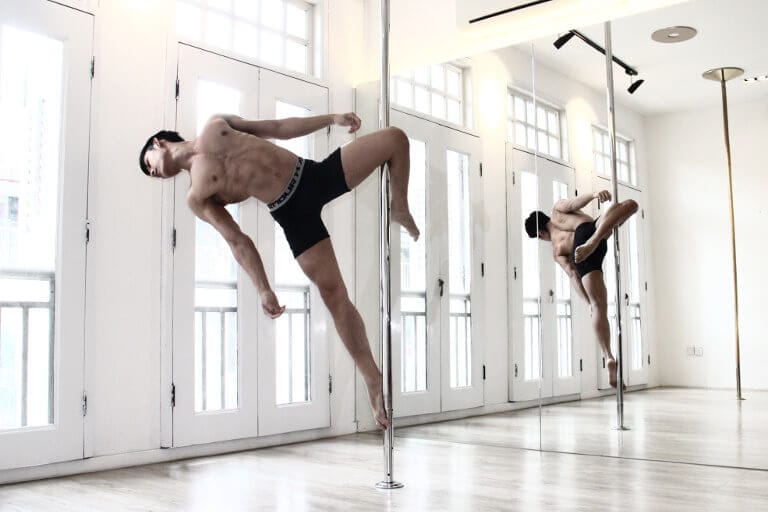
These are things that are invaluable. These are things that will help her to become the type of person I pray she will be. These are things whose benefits are far more important than their costs.
Original Source: Dance-Dad Gourmet (site is no longer in operation)
Is competitive dance expensive? – Celebrity.fm
“In addition to the fees and expenses associated with appearance, there are expenses for travel to competitions and hotel accommodation, which can cost several hundred dollars every weekend.” Overall, Friedman found that the parents she studied spent between $90,003 and $10,000 per year $90,004 for a child in a competitive dance.
So what is the purpose of the dance competition?
Dance competitions are a great way to help yourself even more. nine0003 to help you achieve a more flawless performance with the best technique of . Competitions force dancers, choreographers and teachers to perform at the highest level.
With that in mind, which dance is the most difficult?
10 most difficult dance forms in the world
- Ballet.
 First on our list of the most difficult dance forms in the world is ballet. …
First on our list of the most difficult dance forms in the world is ballet. … - Dance of synchronized swimming. …
- Irish dance. … nine0019 Air dance. …
- Bank can. …
- Tap dance. …
- Tango. …
- Kuchipudi.
Besides, how much do moms pay for dance lessons?
Abby Lee Dance Company tuition fees are based on the number of studio hours a student spends per week. According to the company's training plan, the first 45-minute session costs $50; after that fees range from $ $62 per week for a 1.25 hour schedule to $284 for a 14 hour .
At what age should competitive dancing begin?
According to our research, the most appropriate age to start serious training is: around 7-9 years old . Before this, children should acquire movement and coordination skills in age-appropriate activities, which may include dance. So if you or your child wants to start dancing lessons, there is no better time than today!
Second, what is dance as a competition? nine0005
Competitive dance is a sport in which dancers compete by performing dances in several legal dances.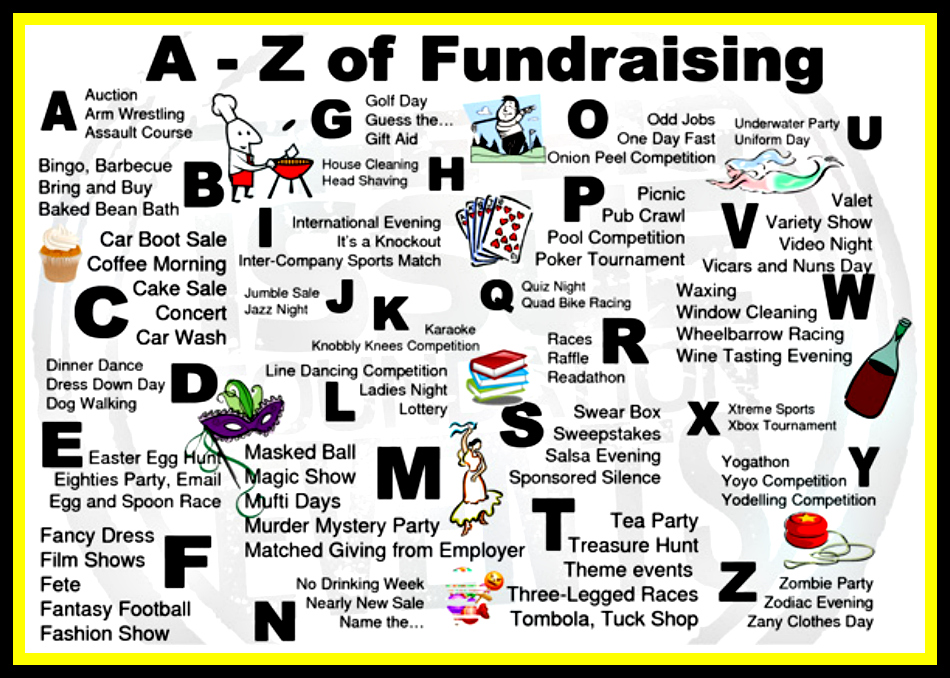 styles such as tap, lyrical, jazz, acro, ballet, hip hop, contemporary, modern, etc.… Competitors compete by dancing and performing a style of their choice in front of a general panel of judges.
styles such as tap, lyrical, jazz, acro, ballet, hip hop, contemporary, modern, etc.… Competitors compete by dancing and performing a style of their choice in front of a general panel of judges.
Contents
What are the pros and cons of dancing?
Is dance an exercise? Here are the pros and cons.
- Pro: Dancing is fun. …
- Against: Dance is skill based. …
- Pros: Dancing improves balance and flexibility. …
- Against: Dancing is not permanent cardio. …
- Pros: Dancing improves both your mind and body. …
- Minus: dance requires special equipment.
What are the benefits of competition?
Advantages of competition
- reduction in costs and prices for goods and services,
- better quality,
- more choice and variety,
- more innovation,
- more efficient and productive,
- economic development and growth,
- greater equality of wealth,
- stronger democracy through the dispersion of economic power, and.
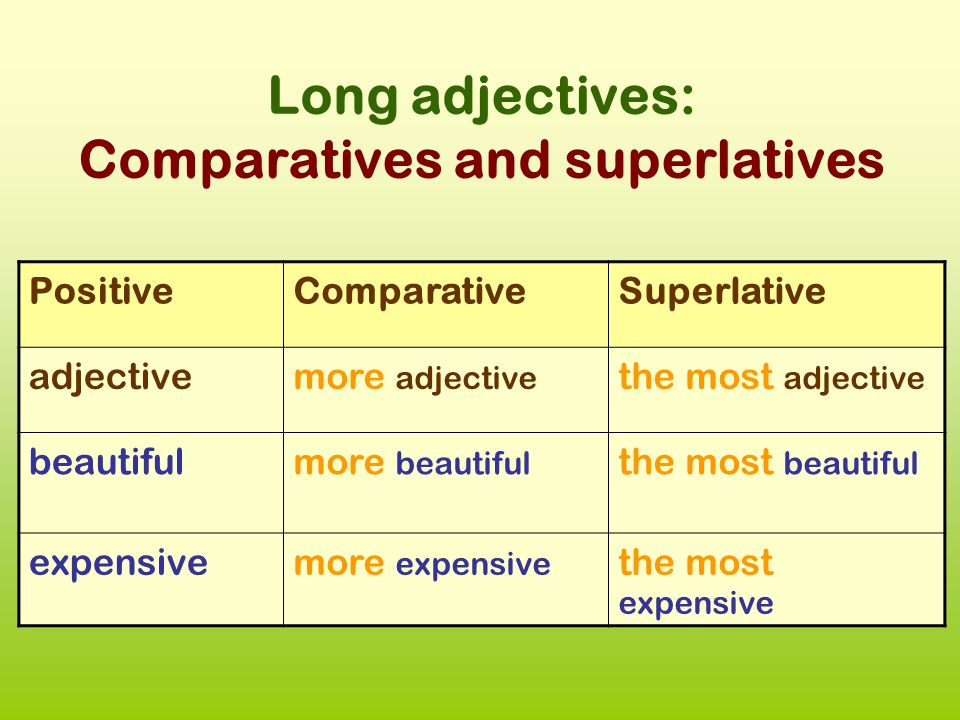
Who is the number 1 dancer in the world?
Martha Graham America's most famous dancer and choreographer. She is also known as one of the leading pioneers of modern dance style. She has directed over 150 songs during her career. She is also one of the most popular artists of the 20th century. nine0005
What is the easiest dance?
What is easy dancing for beginners?
- Waltz. Waltz is one of the easiest ballroom dances to learn because it is a slow flowing dance with only four steps. …
- Foxtrot. …
- Download. …
- Rumba. …
- Cha Cha. …
- Start learning easy dancing at our studio in Raleigh!
What are the 3 most romantic dances? nine0058
The most romantic dances
- Rumba. Rumba is probably one of the best slow latin dances that a beginner should learn. …
- Waltz. Another popular dance that couples perform at weddings is the waltz.
 …
… - Tango / Argentinean tango. When people think of "dances of love" they most likely have Tango on their list. …
- Bolero.
How fake are dance moms?
Despite the fact that the producers provoked or staged very emotional and controversial scenes, Maddie claimed that the whole drama revolves around the 100% real competition. “It's really real. We have a really crazy competitive life,” she continued. After all, these girls are friends.
Who is the richest dancing mother-girl?
The richest member of Dance Moms is Jojo Siwa . And most of her fortune comes from the lucrative bow business. nine0005
Are mothers paid for Dance Moms?
How much do Dance Moms actors get paid? During the first four seasons of the show, each cast member earned approximately US$1,000 per episode. However, this figure was increased to US$2,000 per episode in subsequent seasons.
At what age is it too late to start ballet?
It's never too late to start learning ballet just like it's never too late to start learning a language. The main thing you should ask yourself is why do you want to start ballet now, and if these goals are realistic and achievable, then go for it. nine0005
Can you start dancing ballet at 20?
Ballet is not just for children or even teenagers and young, healthy, working adults. … Everyone knows that ballet is very difficult. Don't worry or get frustrated if you can't make a move on the first try. Remember, professional dancers who have been dancing for 20 or 30 years take the same steps. every the only day you do.
Is dancing harder than sports? nine0058
Dancing is a very hard sport but it can also help people stay in touch with their emotions and allow them to express themselves. … Everyone had similar but different opinions as to why dance might be harder than other sports.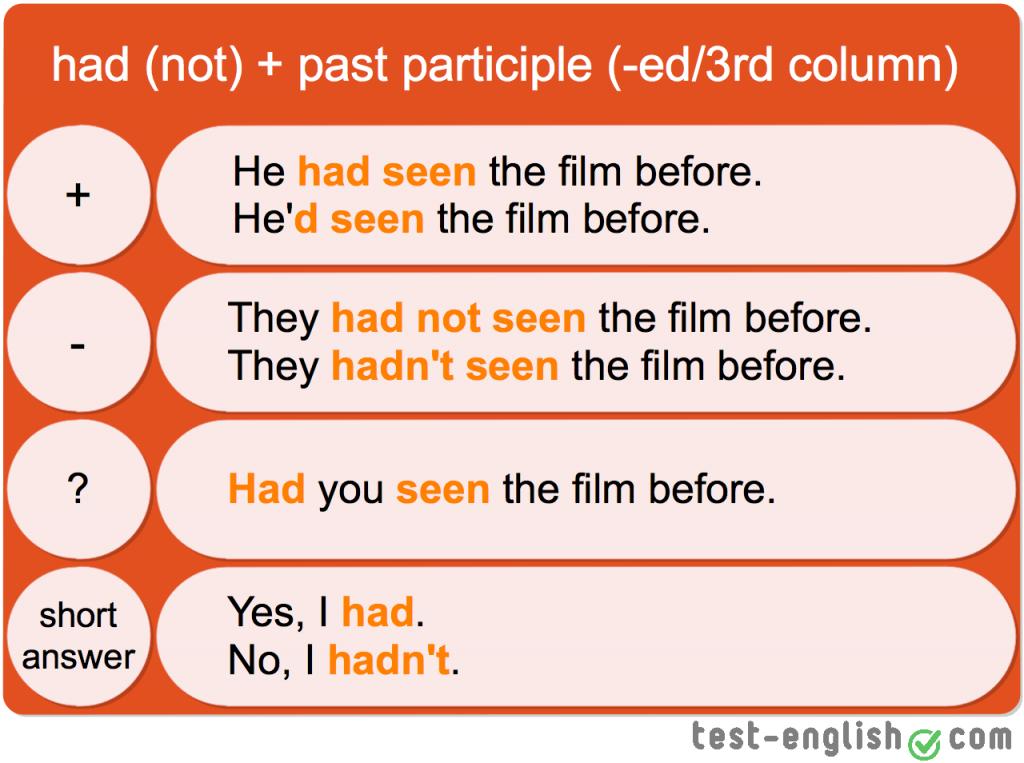 Dancing is a tough sport, but good things come with it.
Dancing is a tough sport, but good things come with it.
Is competition necessary in life?
Competition is part of our DNA. Competition is a necessary part of our daily life . After all, the theory of evolution tells us that even from the earliest days of our existence, every species has been constantly competing for life on Earth. Healthy competition is good for everyone.
How does the dance competition work?
The format of the dance competition is simple. … Dance schools invite their students to competitions . Judges, usually dance teachers or choreographers, score each piece on the spot, often with 100 points. At the end of the day, the winners receive titles and trophies. nine0005
How to win a dance competition?
9 ways to improve your results in the dance competition
- №1. Pure lines (costumes and choreography)…
- No. 2. Take ballet seriously.
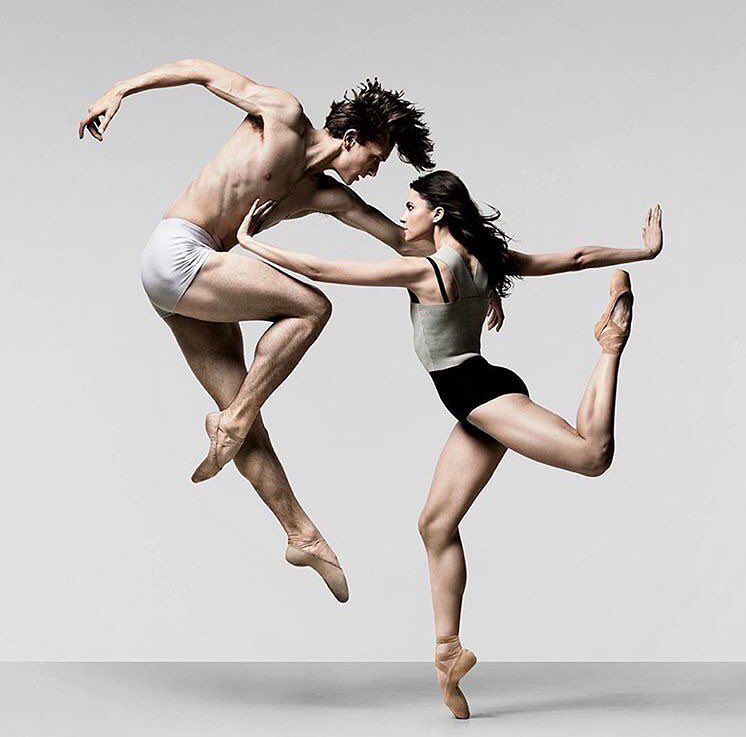 …
… - No. 3. Get grounded. …
- No. 4. Execution quality. …
- No. 5. Eye contact (with judges)…
- No. 6. Know your level. …
- No. 7. Follow each other. … nine0019 No. 8. Crowd energy.
What are the disadvantages of dancing?
What negative effect does dancing have on the body?
- spasm.
- torn ligaments.
- voltage.
- Dislocation.
- Fracture.
- Syndromes of overload (chronic fatigue).
- Vascular syndromes.
What are the disadvantages of dancing?
intense workout requiring long hours requiring both physical and mental endurance. There is always a risk of injury, and in some cases, these injuries can be career-ending. Dancing can seriously affect the body even without serious injuries. nine0005
Why is ballet bad for you?
Ballet can cause leg pain, injury , and in some cases even damage to the feet of dancers. … If left untreated, it can lead to injury and even permanent damage to the foot. Read on to learn about how ballet affects your feet, the most common foot injuries, and which feet are more prone to injury.
… If left untreated, it can lead to injury and even permanent damage to the foot. Read on to learn about how ballet affects your feet, the most common foot injuries, and which feet are more prone to injury.
Last updated: 6 days ago - 8 authors - 14 authors - Links: 27 interviews and posts; 9 Video.
Find out all about your loved one. celebrities in Celebrity Interviews and don't forget to share this post!
Street Dancing: How the Dance Battle Works
Competition Rules
Most competitions are held in the knockout battle format. Some of them involve only two dancers competing against each other in one-on-one battles, and there is also the concept of entire teams competing against each other. Each team can consist of two dancers to eight, ten, and sometimes more. nine0005
In team battles, any number of people can participate in a routine (prepared combination) - from two to the whole team, the dance is performed during the round. Opponents are not required to respond with a routine, each team independently decides what they do during their round, if certain rules are not stipulated within the competition.
Opponents are not required to respond with a routine, each team independently decides what they do during their round, if certain rules are not stipulated within the competition.
O'trip House doing a routine
© Little Shao/Red Bull Content Pool
Dancers or teams take turns dancing in the middle of the dance floor. Each dancer or team dances a certain number of rounds of
The dancers take turns moving to the middle of the stage, dancing throughout their round. The chosen panel of judges then decides who they think won the battle by personally voting for the winner or holding up the card with the winner's name.
The winner of the battle moves on to the next round, and the loser is eliminated from the competition.
This continues until there are two dancers or two teams left. After that, the final battle takes place and the absolute winner of the competition is selected. nine0005
Menno wins Red Bull BC One 2017
© Little Shao/Red Bull Content Pool
How many people can compete?
The average number of dancers selected to compete is usually 16 solo dancers or 8 to 16 teams competing in a single style or mixed style battle. But in the main battle, from 4 to 32 dancers or teams can participate.
In order to participate in the main battle, dancers must first pass the qualifying stage, where judges will select participants with the necessary qualifications. From 30 to 500 dancers can take part in the qualifying stage. There are five ways to enter the competition. nine0005
-
Showcase round: dancers take turns performing in front of the judges. The judges evaluate each participant, then choose the best dancers with the highest scores. They are allowed to compete.
-
Showcase battle: in this case, dancers or teams compete against each other in the format of an exhibition battle, usually consisting of only one round, and in the case of team battles, a time limit may also be introduced.
 There is no one winner in the battle: the judges evaluate the performance of the participants in the battle and choose the dancers or teams with the most points. They will be allowed to participate in the main competition. nine0005
There is no one winner in the battle: the judges evaluate the performance of the participants in the battle and choose the dancers or teams with the most points. They will be allowed to participate in the main competition. nine0005 -
Qualifying Cypher: The cipher format involves the dancers gathering in a circle and then taking turns stepping into the middle and dancing. Usually the duration of the music program put on by the DJ is from 30 minutes to an hour and a half. The dancers are usually given a sticker with a number, and then they stand in circles and just dance for as long as they want. The judges move from circle to circle, observing and judging, as well as recording the numbers of those dancers who made the most impression on them. After the performance time is up, the judges get together and analyze which participants' numbers were recorded and marked by all the judges. It is these dancers who will be allowed to participate in the main competition. nine0005
-
Winner of the previous qualifying battle: in this case, the dancer is allowed to participate in the competition based on winning another tournament.

-
By Invitation: The fifth and final way to compete is simply by getting an invitation. If a dancer is known and has a good reputation due to his performances and victories in various competitions at the local or international level, then the organizer of the event can directly invite him to take part in the battles. nine0005
Russian cipher Red Bull BC One
© Dmitriy Tibekin / Red Bull Content Pool
Who are referees and what do they do?
As a rule, judges are well-known and respected dancers who enter the judging panel based on their long experience, numerous victories in various competitions or due to their global contribution to the dance field.
Competitions always have an odd number of judges to avoid situations with a tie. As a rule, the judging staff includes three or five people. nine0005
Each judge only votes for one contestant in each battle, and the dancer with the most votes is the winner.
The judges point to the winner
© Gianfranco Tripodo/Red Bull Content Pool
Votes sometimes result in a tie, and this is preceded by one of two scenarios.
-
The judges may vote for a draw if they believe that the level of the dancers participating in the battle is equal. The battle can end in a draw if all the judges vote for this result. nine0005
-
There may be a situation in which one judge votes for a draw, and the votes of the other judges are equally divided.
In this case, the competing dancers or teams will have to play another round for the judges to vote again. If this additional round also results in a tie, the dancers play another round and continue to do so until the judges reach a decision that will determine the winner.
But if all but one of the judges voted for a draw, then the winner is the dancer who receives the casting vote of the judge who did not vote for the draw. nine0005
nine0005
What criteria do the judges evaluate when determining the winner?
As a general rule, judges base themselves on a general list of criteria, consisting of eight items, which they pay attention to when judging. These criteria are given in no particular order:
Musicality
How well the dancer feels the music and uses it to express himself in the dance.
Mastery of the base
Demonstration of excellent mastery of the basics of top rock and footwork, descents, transitions, freezes and power moves. nine0005
Individuality
How well the dancers express their individuality in dance is judged.
The complexity of the elements
The level of dynamism of the movements that the dancer demonstrates.
Uniqueness and individuality of style are judged.
Execution
Technical and clean execution of elements without errors.
Round composition
The performance in the round must have a beginning, middle and end, which are connected by smooth and logical transitions. nine0005
nine0005
Originality
Original variations of familiar movements, execution of completely new and unusual elements, as well as demonstration of a technique that the judges have not seen before.
When a battle is a one-on-one elimination competition, the judges take into account all the criteria, with each judge independently deciding which points are more important. If the battle has a different concept or format, judges may pay more attention to some criteria than others, and accordingly, the general approach of the judge to assessing performance in competitions may change. nine0005
Below are four different competition formats and a list of criteria that judges primarily look at in a particular type of competition:
-
Qualifying/showcase/preliminary rounds. Judges can choose a limited number of dancers. They strictly evaluate the performances, so in this case the criterion "performance" becomes the key. Any inaccuracies and errors in the performance of movements become a reason for giving a low score and simplify the task for the judge, narrowing the circle of applicants.
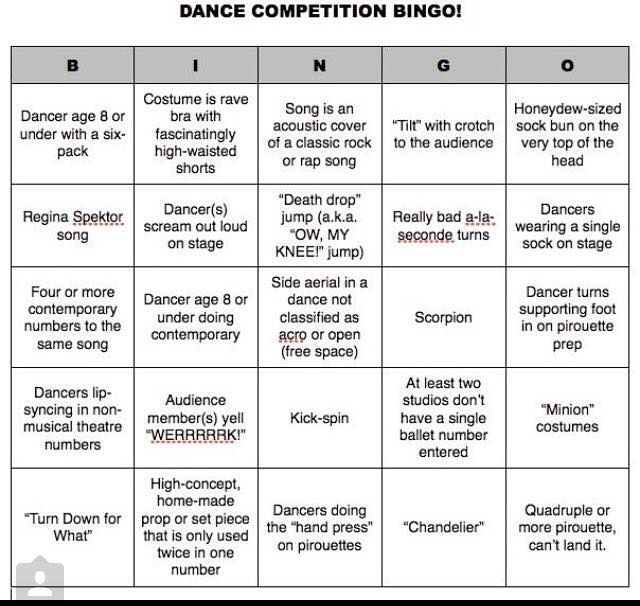 The criteria "individuality" and "complexity of movement" are also of great importance. nine0005
The criteria "individuality" and "complexity of movement" are also of great importance. nine0005 -
Cypher king/queen competition. The judges pay great attention to criteria such as "style", "personality" and "musicality". In this format, breakers form a circle, then take turns starting to perform in the middle of it. As a rule, dancers are given a sticker with a number. The judges observe the participants and write down the numbers of the participants who made the greatest impression on them. (Sometimes the judge remains incognito, and it can be any member of the cipher). At the end of the time, the judges gather and decide who made the greatest impression on them - this person will be given the title of king / queen of the cipher. nine0005
-
Team battles. The uniqueness of the team battle lies in the fact that different criteria are evaluated in different rounds, and based on this information, you can send the strongest team members to participate in certain rounds.
 This means that the team can strategize and send the strongest dancers to participate in the respective rounds.
This means that the team can strategize and send the strongest dancers to participate in the respective rounds.
Final
Watch as crews showcase their skills at the 30th anniversary of Battle of the Year in Montpellier, France. nine0005
Exception: audience-selected battles
On some projects, such as Red Bull Dance Your Style, the performances are judged by the audience, who may not understand all the subtleties, but simply dance lovers who came to enjoy the bright performances. The audience, evaluating the performances of dancers, as a rule, pays more attention to such criteria as the complexity of the elements and individuality. Viewers are more likely to vote for a dancer whose performance was able to inspire them and included high-level technical elements. The criterion of musicality is also important, but it must be at a very high level so that the audience can understand and appreciate it.
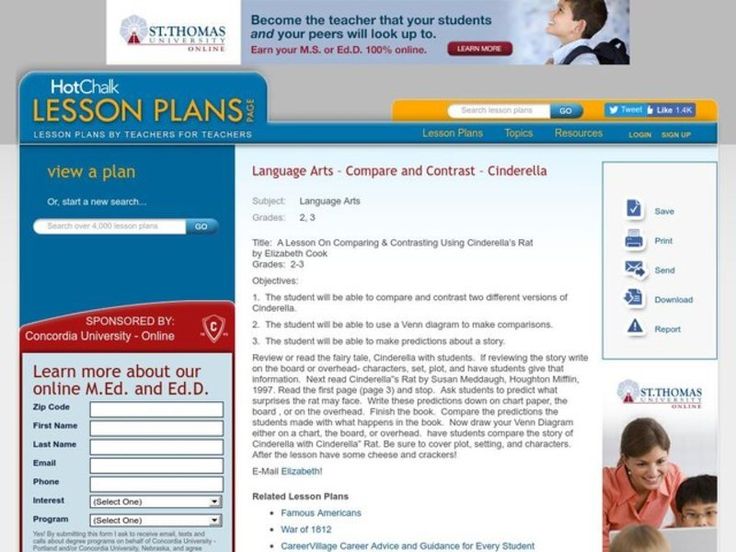



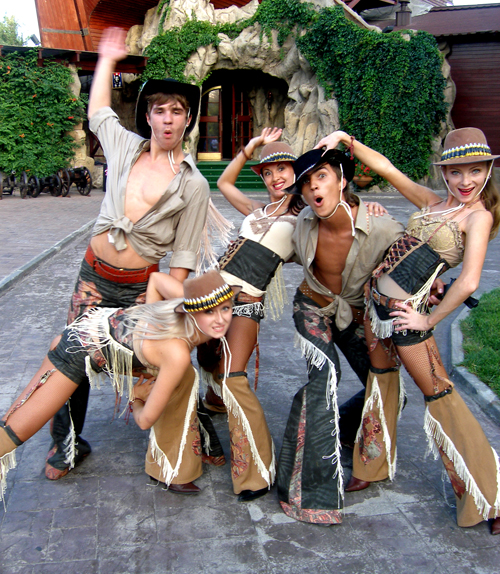

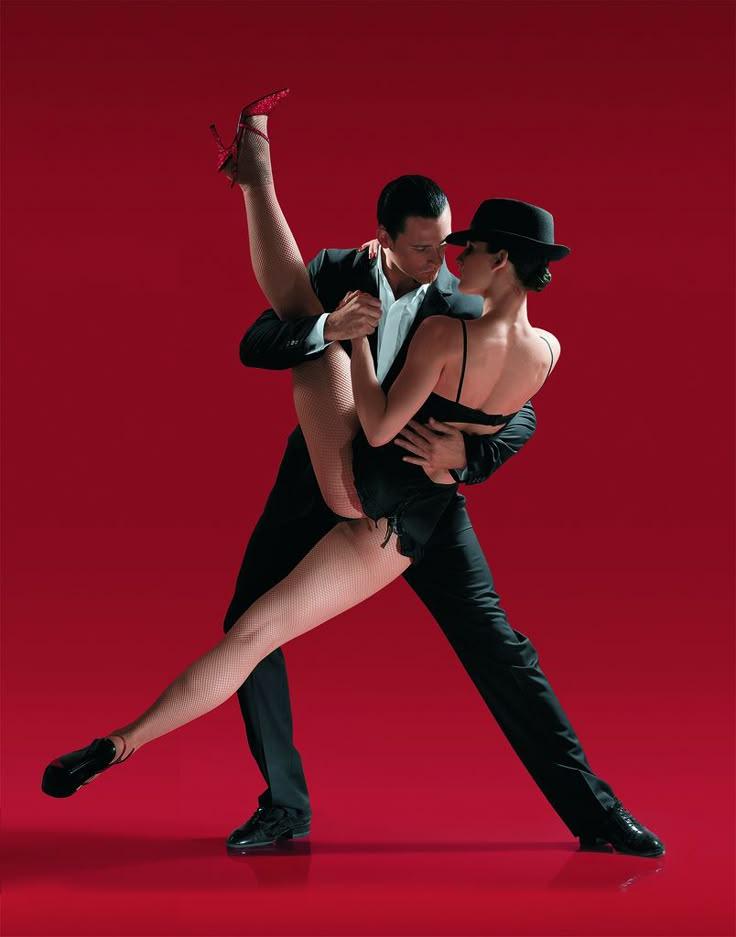


-Step-17.jpg/aid1640374-v4-728px-Shuffle-(Dance-Move)-Step-17.jpg)

